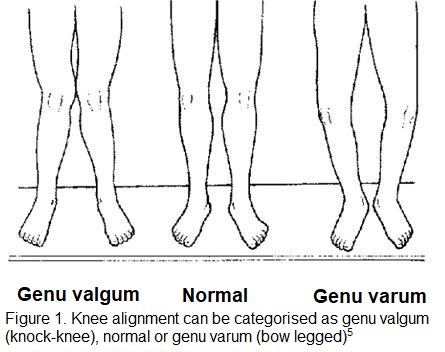
Usually no. There is a very famous study from Scandinavia in 1975 which demonstrated the changing alignment of children’s leg as they age. This is often remembered and shown in the Salenius Curve.
The Salenius curve shows that all children are born with bow legs and that these are usually present until about the age of 2. After this they become knock kneed. The degree of knock-knee is most obvious between ages of 3-4. The legs then gradually straighten reaching an adult shape by the age of 10-12. This is often a very small degree of valgus. Heavy children and children with loose ligaments stretch their knee joints and will appear to have greater deformity. Many babies have big calf muscles, which can make the leg seem quite bent even the bones are only slightly curved.
Symmetrical bow-legs before the age of two, and symmetrical knock-knees seen between the ages of 2 and 12 are termed “physiological” because these appearance are part of the normal growth and development. It should be remembered that we are all slightly different in appearance and this goes for leg shape too.




